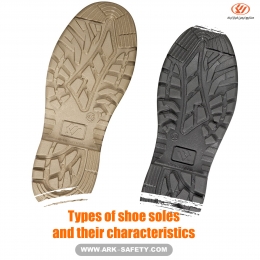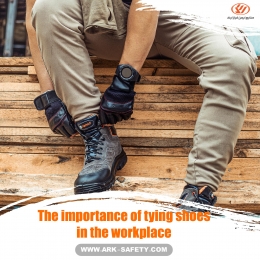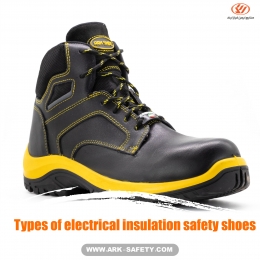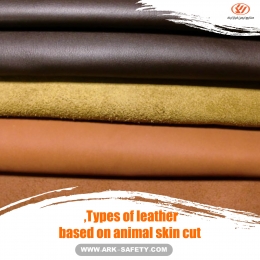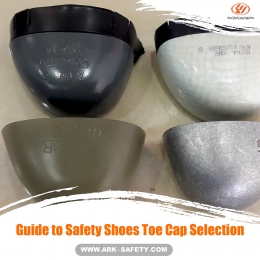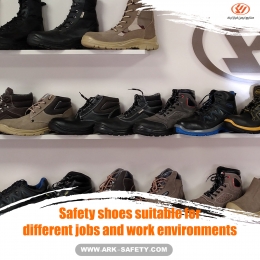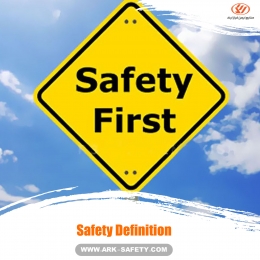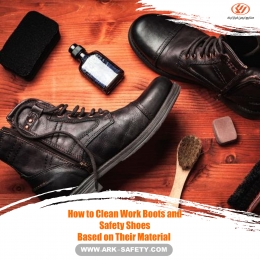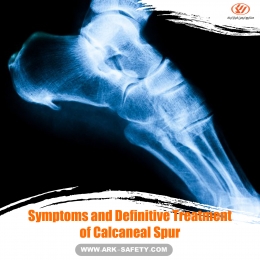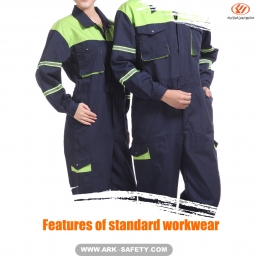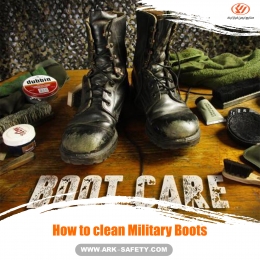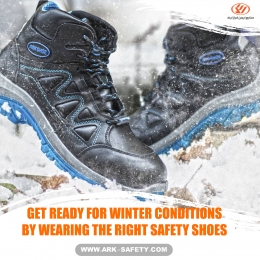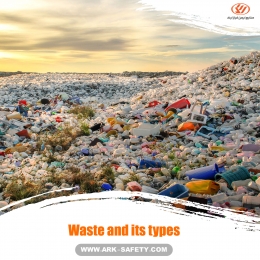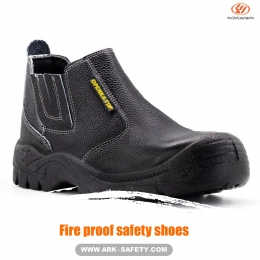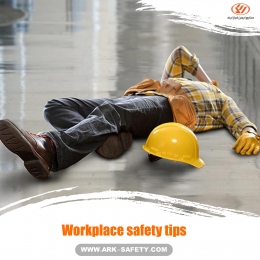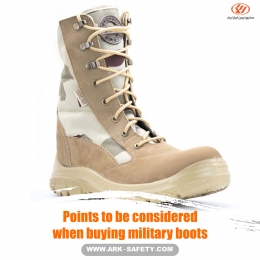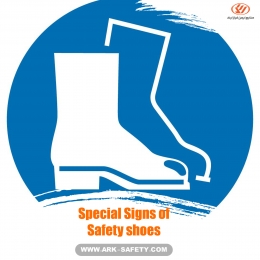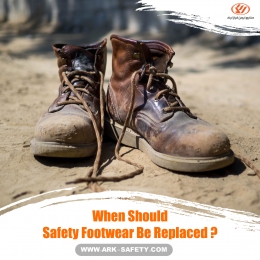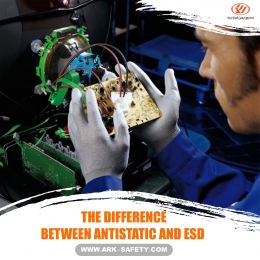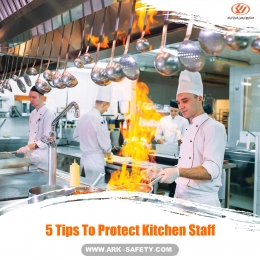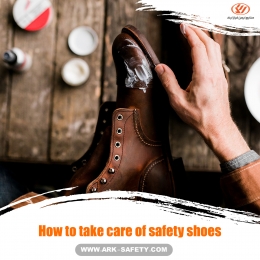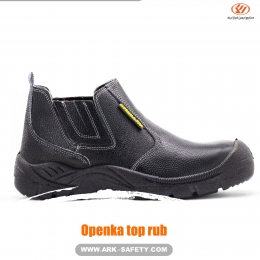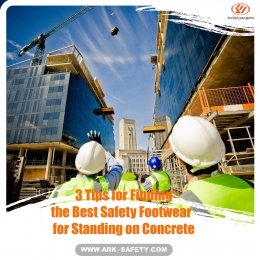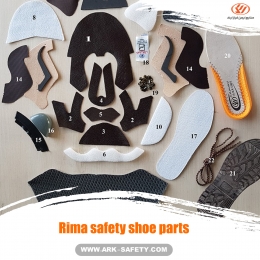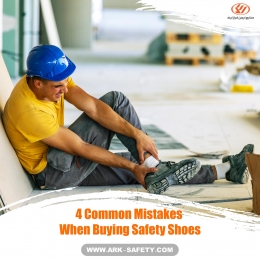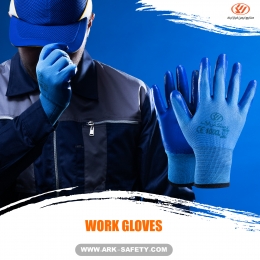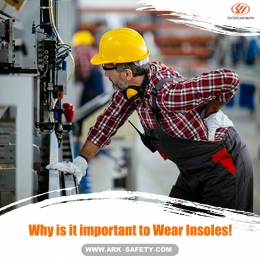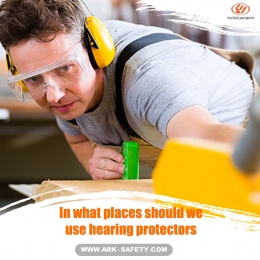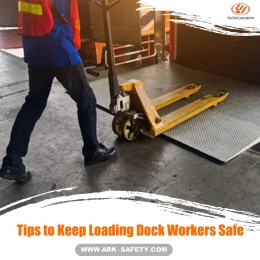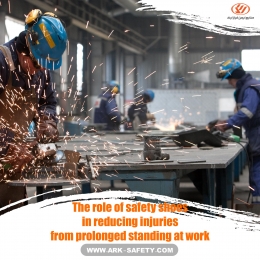Close
Get ready for winter conditions by wearing the right safety shoes
Even if the Occupational Safety and Health Administration (OSHA) has only set out the general requirements for cold weather protection clothing, this does not mean that protecting workers from the severe cold conditions is not in the employer`s concern. Cold weather can be an occupational hazard that can lead to injuries, workers` compensation claims, reduced work speeds, and lower performance. Although OSHA does not require employers to provide winter equipment, providing safety clothing and footwear for employees is worth the investment. Appropriate safety clothing and shoes are in a way that prevent cold air from entering the clothing in winter and waste body heat. Enables employees to work effectively in a freezing work environment. Even when road workers are on the roads and highways surrounded by drivers in winter weather, safety clothing and shoes suitable for the cold season and severe weather conditions are even more important for their safety and increase their capacity.
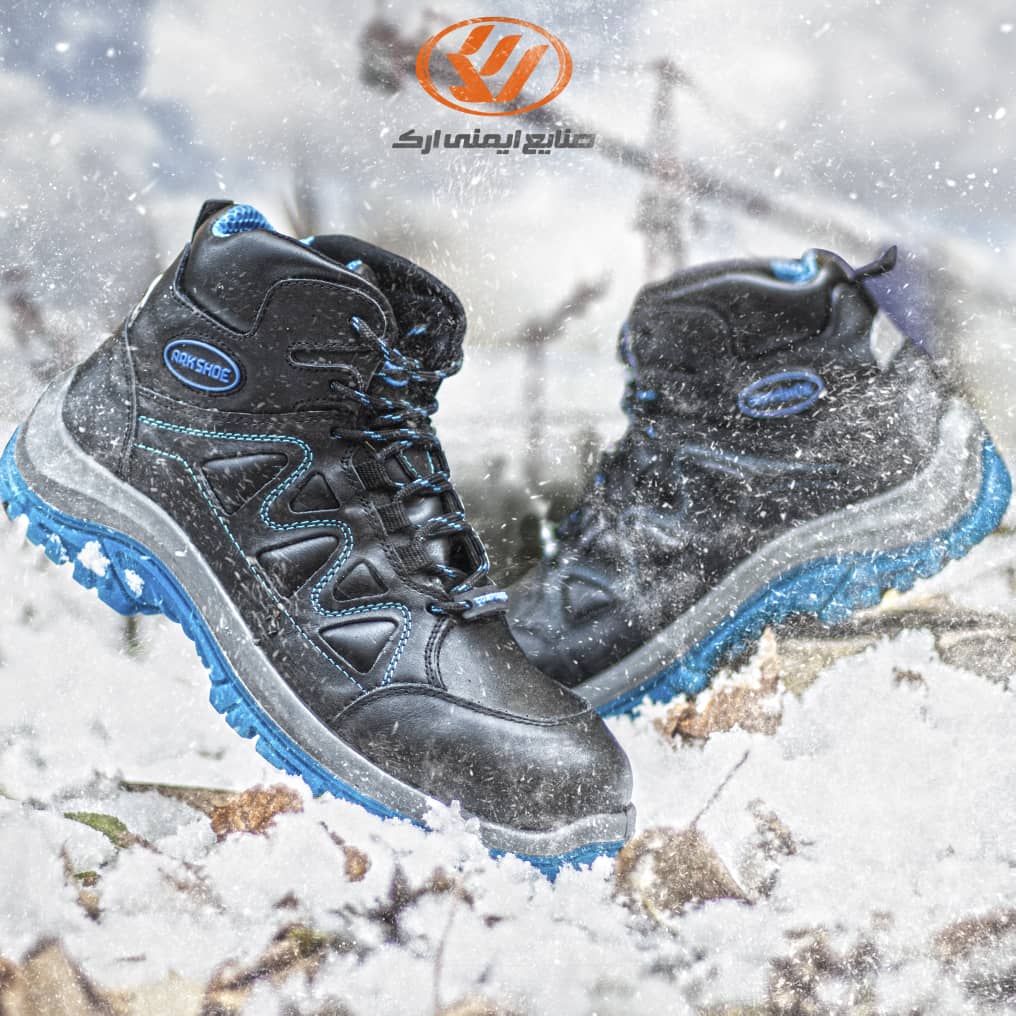
Safety clothing such as coats, overalls, and sarees should not only protect workers from the cold but should also be designed to allow them to easily carry out their duties with flexibility and freedom in movement. When choosing winter protective clothing, look for coats and jackets with features such as waterproof to protect against rain and throat protectors to prevent wind penetration to eliminate the cold. Comfortable clothes such as jeans are not a good protector in cold weather. Jeans easily absorb water from melting snow or rain and can not have much insulation. Layered clothes can also be a good choice because they trap air between the layers and warm the body more than a thick jacket or coat. Coats with removable liners enable workers to easily adjust the layers they wear depending on the situation, which can vary during a working day.
Winter slip protection with proper safety shoes
Slipping is one of the most common workplace hazards and often leads to workers` damages as a result of head injuries, back injuries, bone fractures, and tears. Of course, maintaining safe working conditions is the most important way to prevent these accidents. However, suitable winter shoes play a very important role in the safety of workers and the prevention of slipping and falling. Aside from the outsole of working shoes, having a great insole also plays a big role in keeping your feet comfortable throughout the day. It is important to buy the right insole for your work. Insoles have many benefits, including preventing further foot pain and fatigue.
Depending on the nature and environment of the workplace, safety or protective shoes may include features of a steel toe cap, composite toe cap, ergonomic sole, non-slip outsole, cold-resistant, heat-resistant, and chemical-resistant boots. Many shoes are made of grain leather. Grain leather shoes are easier to wear due to their stretch and flexibility, and the foot feels more comfortable all day long. Waterproof shoes can prevent frostbite in wet conditions, which is especially suitable for workers who often have to stay in wet places. A suitable outsole that stretches would protect workers from slipping on snow and ice. Anti-slippery soles provide reliable traction in winter conditions and are very suitable.
Just Take the First Step...

 Military Shoe
Military Shoe
 Safety Shoe
Safety Shoe
 Work Wear
Work Wear
 Office Shoe
Office Shoe
 Hiking Shoe
Hiking Shoe
